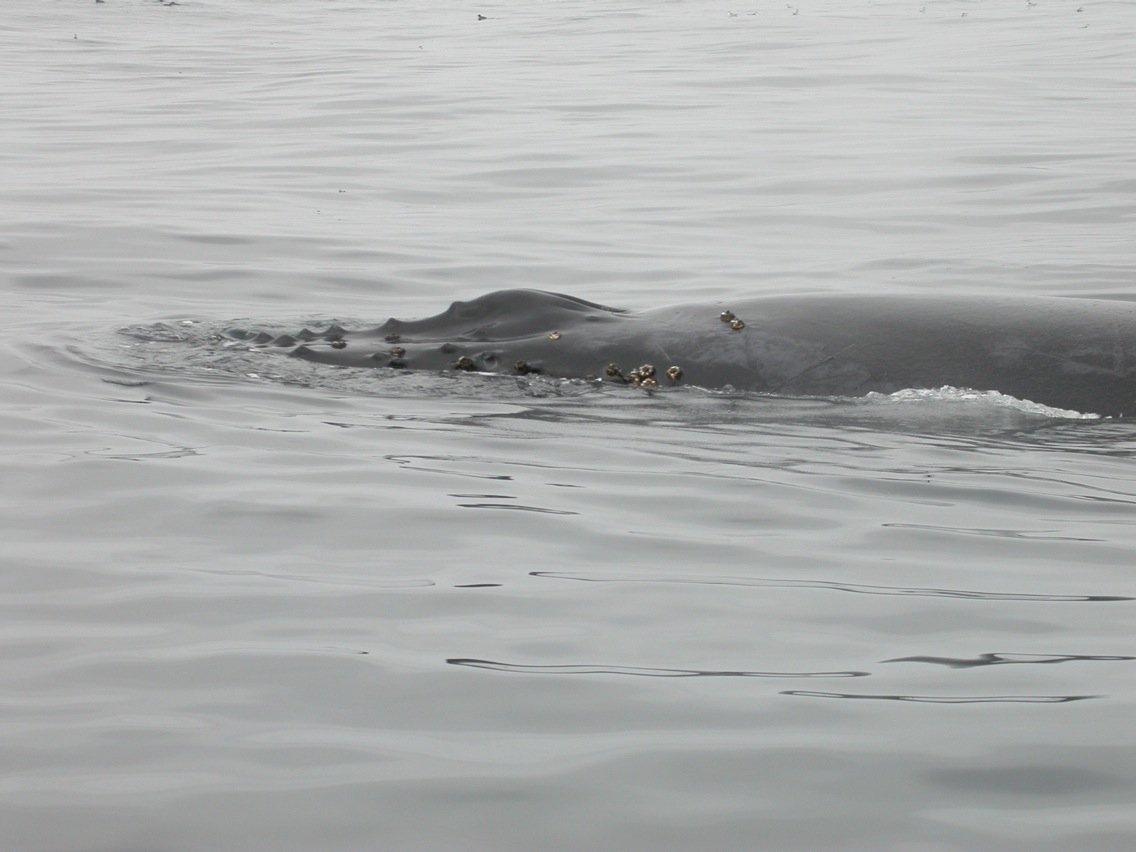
Autumn, or fall, as Americans persist in calling it, is not a season I am experiencing at the moment. Because of my location it is actually spring at the moment, but as a subtropical storm lashing the North island is bringing frosty southerlies at the moment I might be forgiven for thinking otherwise. For whatever reason, however, yesterday on my way to work my mind wasn’t with our upcoming spring, but with September’s in California. Fall is the transition season, and for a while I used to be the transition guy, linking up the crazy summer seabird season on the Farallon Islands with the slightly more laid back fall landbird and shark season there.
A Pigeon Guillemot late in the season.
Come September most of the summer seabird people had left, but there were a small number of seabirds still breeding and so I stayed behind for three years to continue their monitoring and do the migrant landbird surveys, as well as the Great White Shark surveys. The island is a migrant trap supreme, but it is quieter in early September. Still, I loved being on the island at that time. The almost overpowering intensity of the summer breeding season was over, the island feels completely different, more relaxing and much less dangerous. The gulls that spent months attacking any human on the place are content to loaf around and ignore you. Whole areas of the island that are closed completely during the breeding season are opened up, allowing you to visit whole areas you’d never otherwise go to. It’s a liberating feeling on a tiny island.
A view from the West End, an area completely closed even to the biologists during the summer. Visiting this area for the first time after seeing it for month was a crazy experience.
And besides, it’s nice to see something that isn’t the same 12 (now 13) species of seabird (plus Molly Meep Meep, a Black Brant) There may not be as many as in October, but they are there, and they can be cool. I saw a wagtail there once, which was exceptionally cool for California (I’m told). I have no idea what kind of wagtail, there are several it could be, and I am not particularly familiar with the wagtails of Eastern Asia and Alaska. But it was a wagtail, and best of all it didn’t count and no one else saw it, but they knew it was there (this really winds up serious birders). And there aren’t just cool birds rocking up, migratory bats do too.
Jen and I looking at said bat (piccie by Adam Brown)
It was the autumn seas I was thinking about on the bus, however. The seas often seemed far calmer, and full of life in early September. It was the start of the shark season, which meant I saw my first Great White Shark attacks on Northern Elephant Seals, but it was also the best season for whales. One day in particular sticks in mind, when only three of us were on the island. The seas were glass still, and far out we could see whales, dozens of the things. Mostly Humpback Whales, but also Blue Whales. It was a quiet day, so my boss, Brown, said they we could take the boat out to have a look.
A Humpback Whale
It was astonishing, like a game drive in the savannah of Africa. The water was so calm, and life was everywhere. Thousands of phalaropes and shearwaters were on the water, as were a handful of other seabirds. Under the surface we could sea Oceanic Sunfish and Blue Sharks. California Sea Lions porpoised through the clear water. And there where whales. My camera died pretty quick into the trip, but you could turn the engine off and just listen to them as they came to the surface,and there were so many that you could just stay in one place and they would come very close to the boat. the highlight was at the end of the excursion, when we stopped in front of two Blue Whales. They kept coming , one of which surfaced just twenty feet from our boat before sliding underneath the tiny Boston whaler. You could even smell its breath! We danced a short jig of excitement after it passed, one of the most memorable moments of my life!
A wave goodbye.

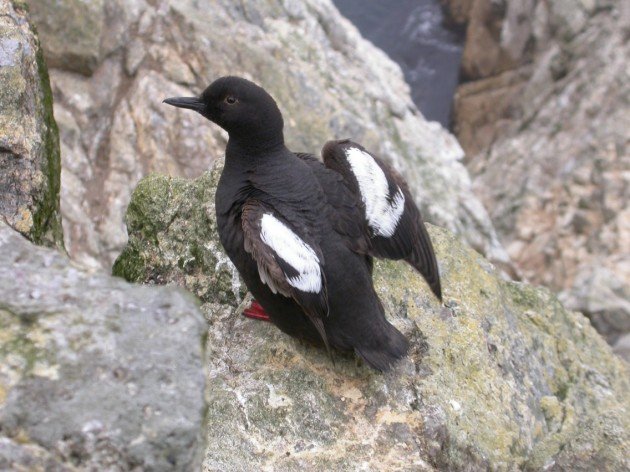
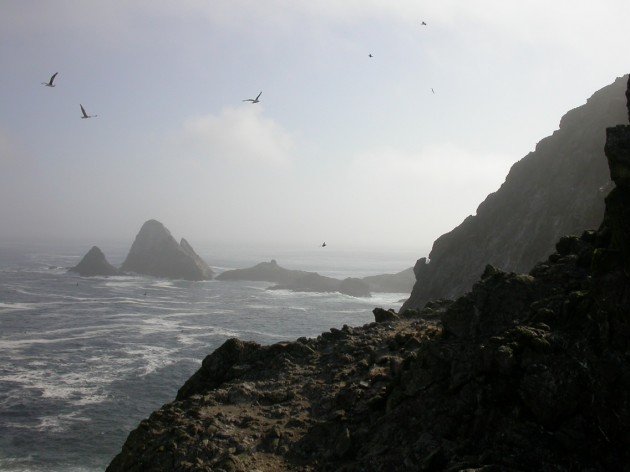
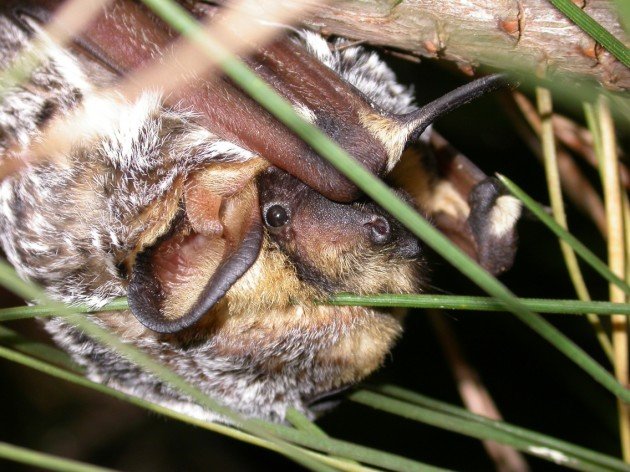
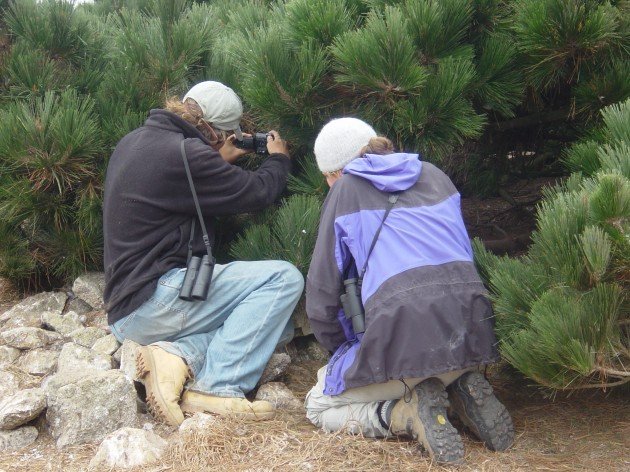
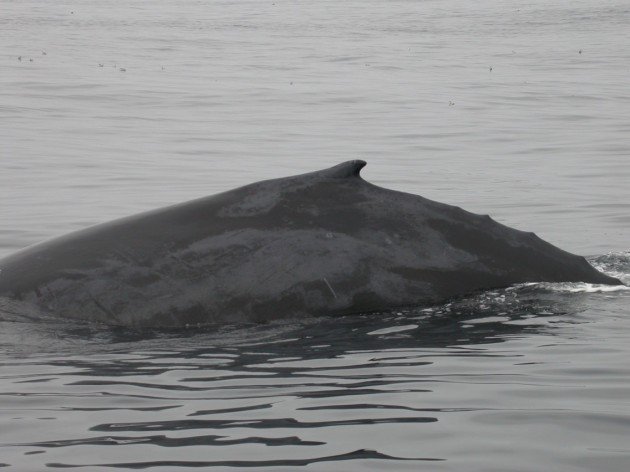
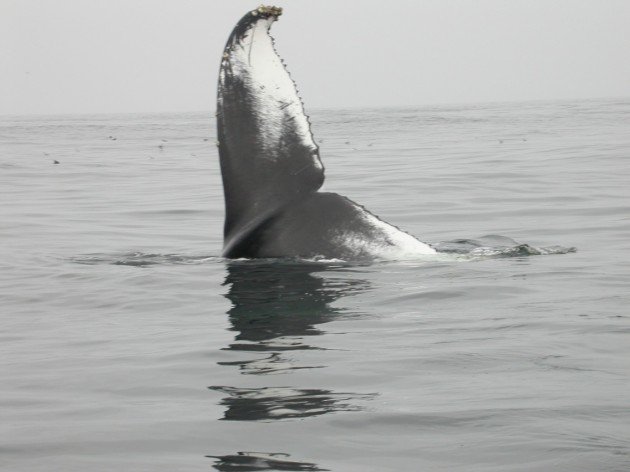










Thank you for a beautiful story about a magical experience!